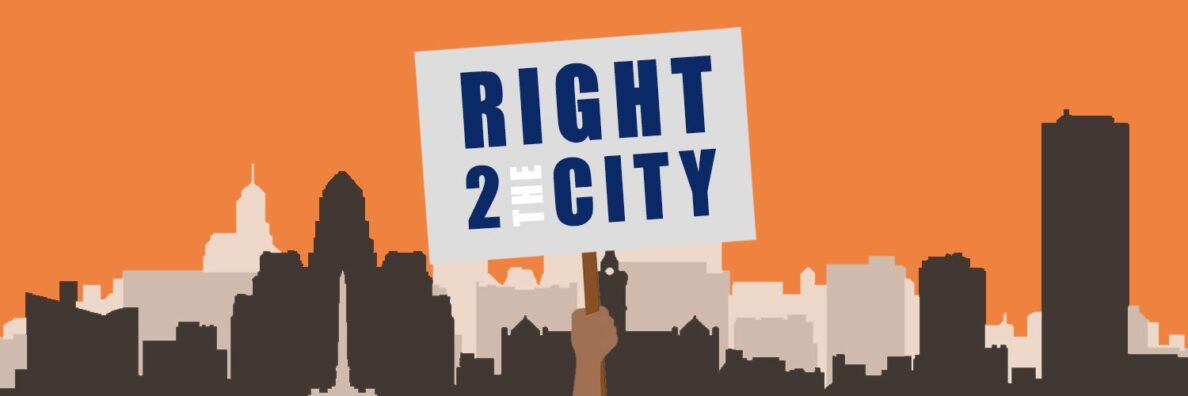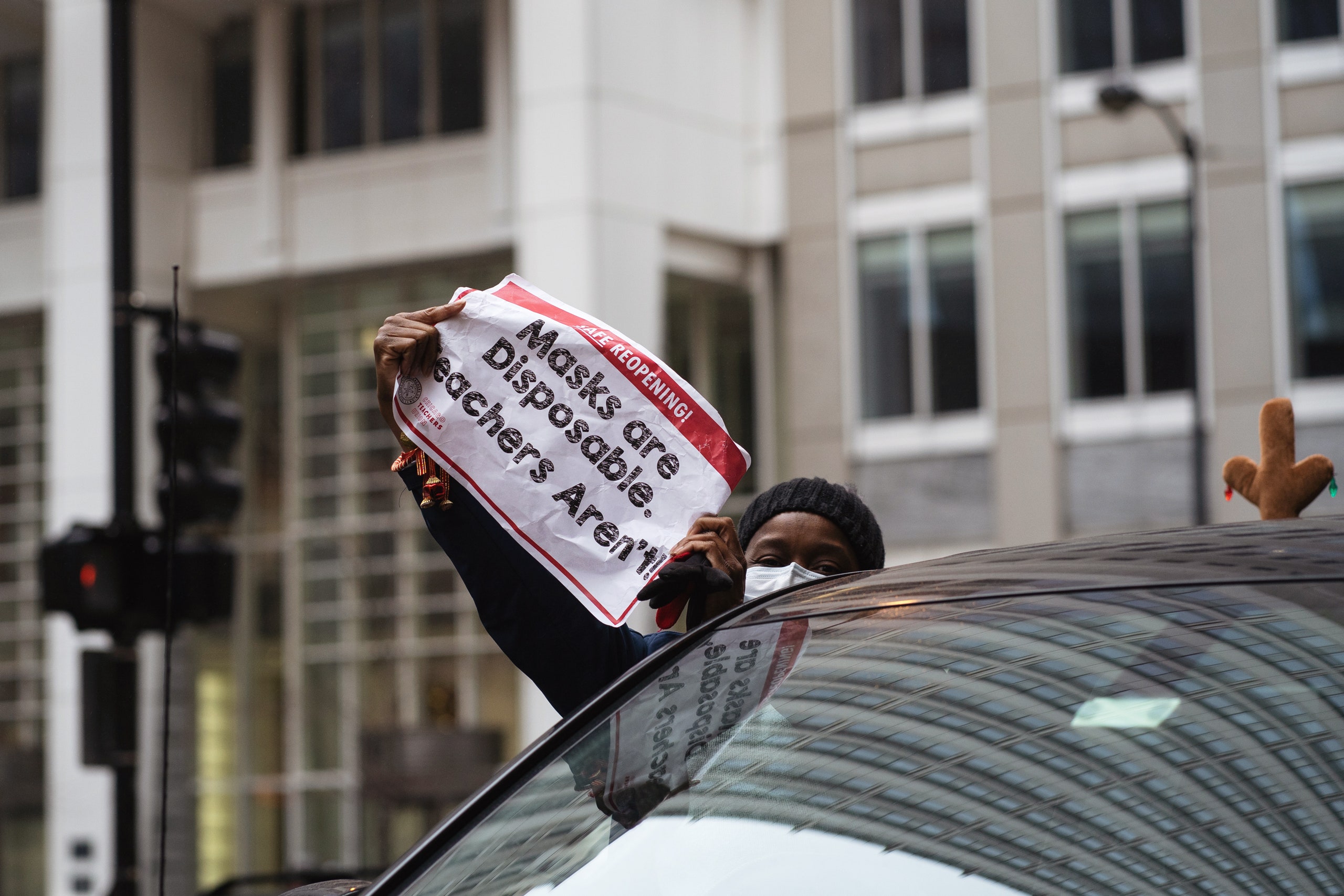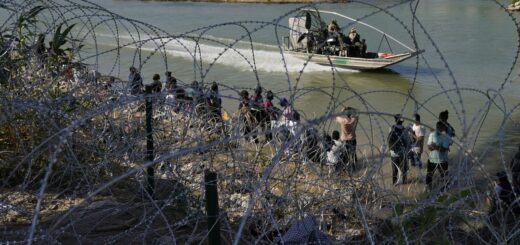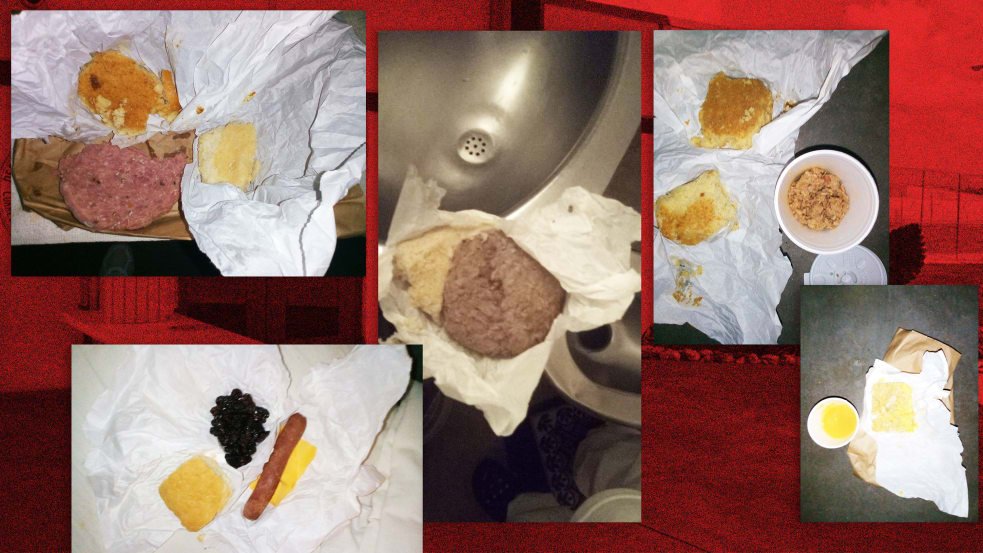Breonna Taylor’s violent death highlights the dangers of racist gentrification
Reposted from NBC News
The callous killing of George Floyd triggered a massive revolt against police violence and brutality against Blacks. Hostile and dangerous action against Black folk by white police has a long history. But African Americans have been demonstrating against violent police since at least the Chicago riots of 1919. In 1951, a group of Black activists, including the scholar W.E.B. DuBois and the singer-activist Paul Robeson, took a petition to the United Nations titled “We Charge Genocide,” arguing, among other things, that “the killing of Negroes has become police policy in the United States.”
These pleas went unheeded. In 2020, Blacks still regularly confront police violence and deadly force. A federal study found that Blacks were 2.8 times more likely than whites to be killed by the police.
Breonna Taylor is just one of many Black women and men who have been killed by police recently. But her death highlights a distinct genre of racially motivated police aggression.
Breonna Taylor is just one of many Black women and men who have been killed by police recently. But her death highlights a distinct genre of racially motivated police aggression.
Breonna Taylor is just one of many Black women and men who have been killed by police recently. But her death highlights a distinct genre of racially motivated police aggression, harassment and violence that has emerged over the past two decades. White in-migration to cities has created places where dangerous encounters frequently occur between Blacks and the police. In Atlanta, they call these new urban spaces neighborhood gentrification pressure areas.
Gentrification areas, or places experiencing neighborhood change and displacement pressures, include places and communities where land is being targeted for potential development or is being flipped from low to high value. Such areas are diverse, ranging from underdeveloped neighborhoods to gentrifying and fully gentrified communities, as well as locations that city leaders or developers believe are ripe for conversion into more profitable forms of land use.
They are not only sites of economic restructuring, but also the locations of aggressive policing. The rationale behind this vigorous policing is that exclusivity valorizes land value. Consequently, the government supports purging the gentrification pressure area of “undesirables” and controlling the behavior of Black residents, visitors and even those just passing through the community.
Gentrification and increased policing march hand in hand.
Racial profiling combined with spirited surveilling and monitoring leads to increased interaction between Blacks and the police in gentrification areas. These are dangerous encounters. For example, in targeted underdeveloped communities, where planned abandonment is underway, even being at home can be risky and place one in harm’s way.
Breonna Taylor‘s home was in a community targeted by Louisville Mayor Greg Fischer’s legacy gentrification project. On March 13, Taylor, 26, was killed at home in a hail of bullets by police officers who mistakenly entered her house while executing a no-knock search warrant in a drug investigation.
Taylor’s family alleges in a lawsuit that the raid was part of a political strategy “to clear out a street for a large real estate development project.”
We do not know enough about the circumstances of Taylor’s death to conclusively determine why the police forced that fatal encounter. But we do know that gentrification is a constant creator of tension.
The white middle class is highly motivated to align with police in neighborhood cultural wars.
This cozy relationship leads to an explosion of 911 and 311 calls to the police. In Seattle’s Central District Black community, for example, when the white middle class started moving in, the number of police reports leaped from 1,913 in 2008 to 3,206 in 2016, a 68 percent increase. In an examination of quality-of-life complaints made to New York City’s 311 hotline, researchers analyzed more than 108,000 complaints in 2017. The report found that gentrifying neighborhoods of low-income people of color, by significant margins, had the most quality-of-life complaints.https://compass.pressekompass.net/compasses/think/how-concerned-are-you-about-gentrificati-qARAcA?embed=embed&paywall=anonymous
These complaints lead to the intensification of encounters between Black people and the police over trivial issues, such as loud noises, loitering, hanging out on the corner, barbecuing, selling bottled water and endless low-level misdemeanors. And as we have seen time and time again, police efforts to control public space create conditions for encounters that can quickly turn deadly.
The Atlantic notes that Eric Garner’s death at the hands of New York police occurred in a Staten Island neighborhood near new economic development. Paul Butler, a Georgetown University law professor and former federal prosecutor, said, “Before there was an effort to gentrify the neighborhood around the [Staten Island] ferry, I think it’s fair to say that it hadn’t received much attention from the police.”
Indeed, many of the high-profile killings of Black men in America have two things in common. Rayshard Brooks, George Floyd, Freddie Gray, Elijah McClain and Alton Sterling were all killed in gentrification pressure zones for low-level crimes — sleeping in a car, passing a $20 counterfeit bill, running away from police, walking erratically and selling CDs.
Of course, Blacks are the victims of police violence in other parts of the city and the metropolis. However, the increased dangers they seem to face in gentrification pressure areas demand attention. They reveal a troubling relationship between policing and the protection of white property values and expose a disturbing reality. The probability of Blacks’ having dangerous encounters with the police may escalate as the desirability and exclusivity of a community increases. This suggests that in the current system of policing, property values matter more than Black lives.
Author Profile
Latest entries
 Political Corruption05/29/2025The US military, eyeing China deterrence, could draw down deployments to South Korea
Political Corruption05/29/2025The US military, eyeing China deterrence, could draw down deployments to South Korea Political Corruption05/29/2025Federal court blocks Trump from imposing sweeping tariffs under emergency powers law
Political Corruption05/29/2025Federal court blocks Trump from imposing sweeping tariffs under emergency powers law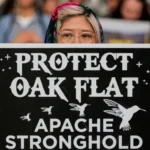 Environmental Issues05/28/2025US Supreme Court rejects Native American case against large copper mine
Environmental Issues05/28/2025US Supreme Court rejects Native American case against large copper mine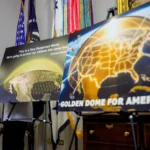 Political Corruption05/28/2025Trump says Canada will pay $61bn for Golden Dome, or become 51st state
Political Corruption05/28/2025Trump says Canada will pay $61bn for Golden Dome, or become 51st state
